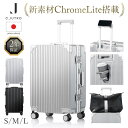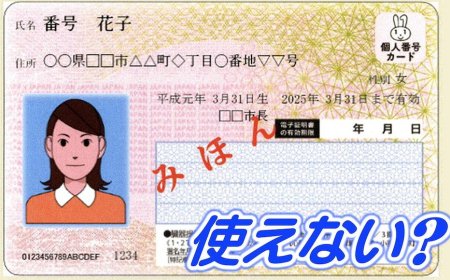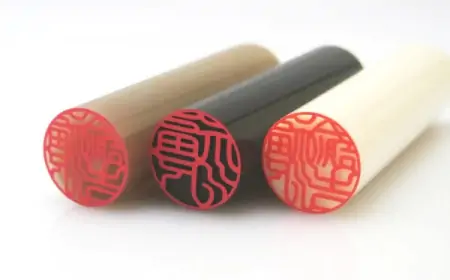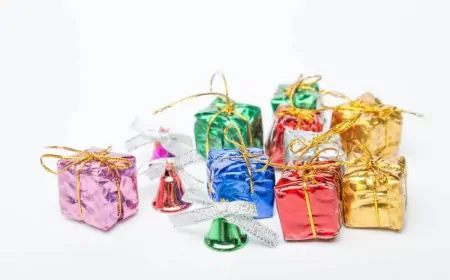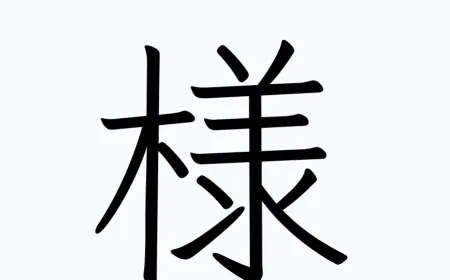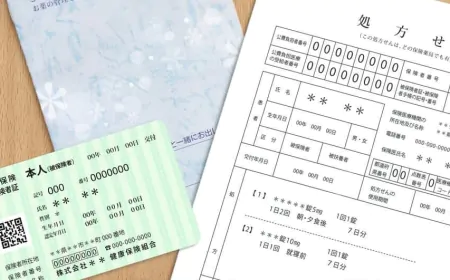Omikuji – Ask for the New Year's hexagram
When the new year comes, the Japanese find peace and quiet by going to temples and pagodas, both to visit scenic spots, historical and cultural relics and to ask Gods and Buddhas for health, fortune and happiness.

When returning, each person usually draws a fortune-telling hexagram, or Omikuji, which is sold at most temples in Japan. Omikuji is said to have originated in the Heian period, a prestigious Genzan monk who wrote 100 tips for life, so each person could only draw one card:
Omikuji usually has 7 types:
·大吉 Daikichi Great Sand
· Middle Sand
· Little Sand Shoukichi
·吉 Cat Kichi
·末吉 Sand mite (meaning sand at the end), pronounced Suekichi
· Hung Kyou
· Great Hung Daikyo
The chart will be written vertically from top to bottom and FROM RIGHT TO LEFT, so it must also be read vertically and from right to left one by one. The first item is Wishes, followed by 待人 Dai Nhan, …, 縁談 Duyen Dam will be the last. Don't worry when you draw a fortune card Hung or even Dai Hung because there are already things to carry for you. these "bad luck", remember to fold and tie on a wire frame that has been erected on the side. In Japanese temples, you'll tie fortune-telling cards on a frame made of rope and pine.
The reason for this "unlucky" is that the word pine in Japanese reads as matsu and it is also synonymous with the word waiting. When doing the tying of fortune-telling cards in the Temple, do the Japanese believe that the bad luck will stay without happening to themselves and their family, or maybe, wait for another good luck? Omikuji is a fortune-telling card, a lucky card, commonly found at temples and shrines all over Japan. Checking to see if I'm lucky or not is a pleasure.
--------------------------
Injavi.com - Visit in Japan
Related Products

![【ふるさと納税】スーツケース [PROEVO-AVANT] フロントオー...](https://thumbnail.image.rakuten.co.jp/@0_mall/f405221-oki/cabinet/07205886/ay_sku/ay-s0005_00_v2.jpg?_ex=128x128)

